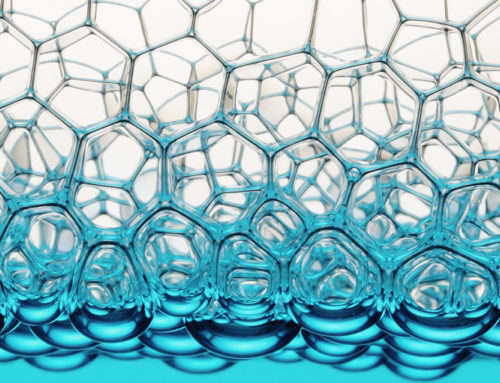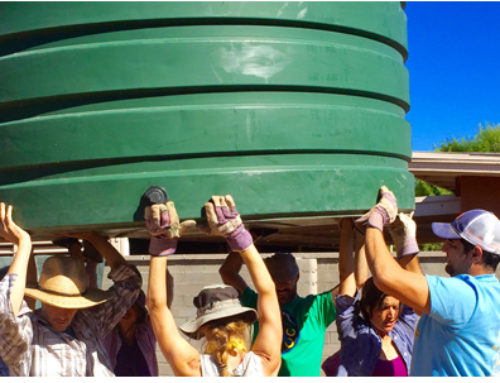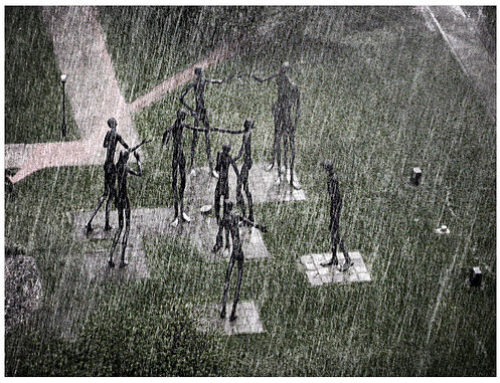-
What is in your water? It’s an important question to ask – not only about the water that comes out of your taps but what is in the water of the streams and reservoirs feeding your taps. The State Water Resources Control Board’s Surface Water Ambient Monitoring Program (SWAMP) implemented a statewide bioaccumulation monitoring program for lakes and reservoirs throughout the State of California in 2007 and 2008. This program was designed as a screening study to serve as a preliminary assessment of contaminant concentrations in fish from lakes and reservoirs.The monitoring data collected by this screening study was not intended to be sufficient to allow development of fish consumption advisories by the State of California’s Office of Environmental Health Hazard Assessment (OEHHA), but rather was intended to provide a preliminary indication of potential human health risks associated with consumption of fish by anglers and their families from lakes and reservoirs throughout the state.
The Los Angeles Water Board has conducted periodic monitoring of fish contamination levels in lakes and reservoirs over the past 25 years via the State’s Toxic Substances Monitoring Program (TSMP). However, with limited TSMP funding in recent years it has only been possible to monitor a few lakes each year. Some lakes in our region have been monitored every few years, while others were rarely or never monitored. With the elimination of TSMP funding in 2002, the Los Angeles Water Board has been unable to conduct any further contaminant monitoring of fish.
The study design selected for the statewide lakes and reservoirs bioaccumulation monitoring program would have resulted in fish sampling in 10 lakes and reservoirs in the Los Angeles Region. The Los Angeles Water Board decided to augment the statewide monitoring design by providing additional funding to ensure that sampling would occur in most of the lakes and reservoirs in our region where sport fishing occurs. This augmentation resulted in fish sampling in 32 of our lakes and reservoirs during 2007.
The species selected for sampling are known to accumulate high concentrations of contaminants and therefore were thought to be good indicators of contamination problems in lakes and reservoirs. Largemouth bass was the target species to evaluate mercury contamination levels, while common carp or catfish (channel catfish or brown bullhead) were the target species for organic contaminants (DDTs, PCBs, aldrin, dieldrin, chlordane). It was not always possible to collect both target species from each lake or reservoir (this occurred in 14 lakes and reservoirs), so other species were collected if available. Largemouth bass were collected from 23 of the 32 lakes and reservoirs sampled, while common carp or catfish were collected from 22 of the lakes and reservoirs.
The results from the 2007 monitoring of fish from lakes and reservoirs throughout the Los Angeles Region are presented in the report entitled “Contaminants in Fish from California Lakes and Reservoirs”: Technical Report on Year One of a Two-Year Screening Study”, published by SWAMP in 2009. High mercury and high PCB concentrations were found in several lakes in the Los Angeles Region. Consequently, Los Angeles Regional Board staff, in consultation with OEHHA staff and California Department of Fish and Game staff, designed a follow-up study of fish in lakes and reservoirs designed to provide sufficient information to allow OEHHA to develop fish consumption advisories for many lakes and reservoirs in the Los Angeles Region. This follow-up study was conducted in 23 lakes in 2009, including fish sampling in 3 lakes not sampled during the 2007 survey.
The monitoring results from the 2009 sampling are expected to be available by the end of 2010. OEHHA and the Los Angeles Regional Board anticipate producing fish consumption advisories for lakes and reservoirs in the Los Angeles Region in 2011. In 2011, the Los Angeles Regional Board also plans to issue a report analyzing and interpreting the results from the 2007 and 2009 sampling programs.
Michael Lyons
Staff Environmental Scientist
Los Angeles Regional Water Quality Control Boardemail: mlyons@waterboards.ca.gov






